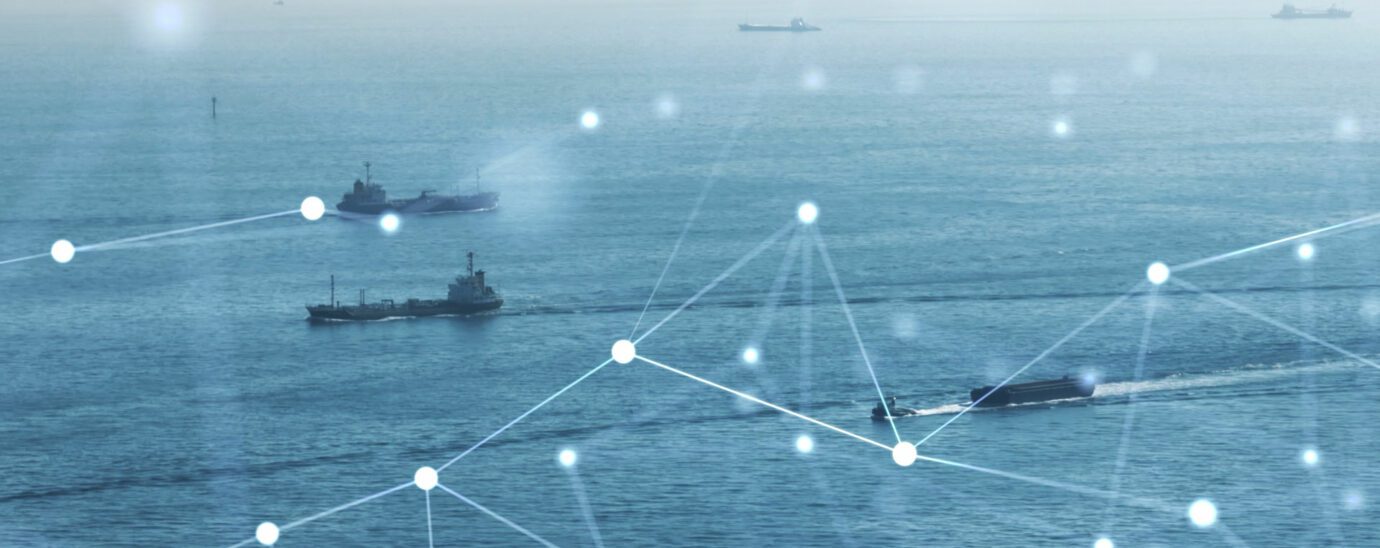Bridging maritime’s skills chasm with technology in 2023

The maritime industry is currently facing an enormous skills shortage, as crew numbers continue to decline. What’s more, the number of incoming seafarers is also not rising fast enough, and action must be taken now for maritime to continue to operate effectively.
Adding to the problem is the fact that more and more companies are committing to using voyage optimisation and advanced technologies, such as artificial intelligence. This is especially apparent when considering the industry’s increasing focus on decarbonisation. As regulatory pressure to decarbonise ramps up, digital technology is the most immediate and effective way for the industry to start curbing emissions today, whilst we wait for the industry’s longer-term solutions to be in a position to be rolled out. Technology solutions that allow for more efficient fleet management, voyage planning or port operations will support the industry in delivering reductions in emissions and uncovering other opportunities for sustainability today.
However, with technology advancing at such a rapid pace, there remains a lack of digital skillsets and knowledge base to enact real-world change in maritime going forward. So much so, a recent action plan announced last month at COP27 to upskill the maritime workforce revealed that up to 800,000 seafarers will require additional training to meet the industry’s ambitious decarbonisation goals.
Driving forward digital transformation is key to the future of the maritime industry and will play a crucial role in enabling the sector to meet its net-zero targets. Therefore, if the maritime industry is to reap the benefits brought by technology, organisations need to prioritise bringing in enough talent, as well as talent with the right skillsets to successfully navigate the digital age. To do this, crews must be highly competent, operate with the highest levels of safety and have access to continuous training programmes.
One tactic for many organisations is to attract talent from adjacent sectors, such as logistics or supply chain professionals; however, this can be costly and isn’t always guaranteed to plug the gaps. Adding newcomers to the industry with more diverse, digitalised knowledge and experience is certainly important. But, driving the talent pipeline requires a balance, meaning that it is vital that the industry also focuses on upskilling the existing workforce so that they are properly equipped to handle the technologies required to meet the future needs of maritime.
Therefore, driven by this crew shortage and skills crisis, we expect that 2023 will see maritime fully embrace VR and mixed reality training methods, to usher in a new era of learning and development within the industry. This is also reflected in recent Wärtsilä research which showed that 70% of industry leaders believe maritime needs to invest more in education and training initiatives to boost skills development.
In the past, in-person training has been the norm within shipping, but it can be an expensive and time-consuming process. What’s more, if carried out onboard, physical training using live equipment can also potentially be high risk for the workers involved. Using VR technology to blend the training process with virtual training can provide a huge range of benefits. Learners are able to experience simulated versions of life at sea, operating in near-real conditions to see how they may operate in a range of different scenarios. In this way, students gain invaluable hands-on experience that they can apply to situations they may encounter either on board or ashore in their maritime careers, without the training organisations having to compromise on safety.
The reduction in the frequency of crew needing to be present for physical training sessions or needing to fly elsewhere for training also reduces the cost for organisations and, more broadly, the industry’s carbon footprint. Similarly, continued connectivity breakthroughs will enable the use of more technology within the training process. For example, the option of using onboard simulators that are powered by automated content, which was previously unthinkable even in recent years, now has potential to become the norm for many vessels.
Blended learning will also be especially critical as the industry’s digital transformation continues to accelerate. Crews will need to quickly become accustomed to and implement new digital solutions, by learning in the flow of work, if organisations are to keep pace with the competition amid a fast-changing technology landscape. For instance, the use of remote services will continue to increase, borne out of proven solutions such as cloud simulation and VR that increase accessibility and reduce the need for physical attendance.
The popularity and implementation of these solutions first grew during the Covid-19 pandemic, and they are enabling crew to prioritise higher-value tasks and safeguard human resource. However, being able to get the most out of these technologies will require adequate and continuous training, to ensure the industry keeps abreast of new functionality.
The maritime industry employs millions of people across the globe, and many industry stakeholders recognise the workforce as the sector’s greatest asset. For shipping to meet the two huge tasks it faces with digitalisation and decarbonisation in the years and decades to come, the development of this workforce will be crucial to its success.
Whilst we expect to see companies bringing in new talent for their specialised skills – acquired whilst working in another industry – upskilling existing staff will be one of the most important steps for sustained future success. That’s why we foresee the uptake of digital technologies – such as VR and mixed reality training – to soar in 2023; helping the industry to more cost-effectively train staff and bridge the digital skills chasm.
